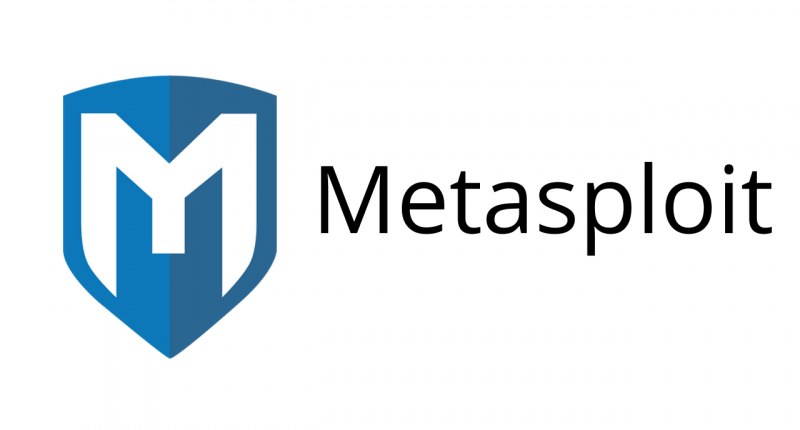
Metasploit is a well-known and widely used penetration testing framework that has become the go-to tool for cybersecurity professionals and hackers alike. It was first developed in 2003 by H.D. Moore as an open-source project and has since evolved into a powerful and versatile hacking tool that is used by security researchers, ethical hackers, and malicious actors.
The history of Metasploit traces back to the early 2000s when H.D. Moore was working as a security consultant and saw the need for a more efficient and comprehensive hacking tool. He began developing Metasploit to address these needs and quickly gained a following in the cybersecurity community.
Metasploit is built on a modular architecture that allows users to customize and extend its functionality through the use of modules. These modules can be used to exploit vulnerabilities, collect information, and carry out various types of attacks. The framework also includes a user-friendly interface that makes it easy for even novice users to navigate and use effectively.
One of the key features of Metasploit is its extensive database of exploits, payloads, and auxiliary modules. This database is constantly updated with new vulnerabilities and attack techniques, making it a valuable resource for security professionals looking to stay current on the latest threats.
Metasploit has been used in a wide range of cybersecurity assessments, from penetration testing and vulnerability scanning to red teaming and social engineering. Its versatility and effectiveness have made it an indispensable tool for organizations looking to protect their systems and data from cyber threats.
Over the years, Metasploit has continued to evolve and improve, with new features and capabilities being added regularly. In 2009, the framework was acquired by Rapid7, a leading cybersecurity company, which has since invested resources in further developing and enhancing Metasploit's capabilities.
Despite its popularity and effectiveness as a hacking tool, Metasploit has also been used by malicious actors for carrying out cyber attacks. This has raised concerns about the potential for misuse of the framework and has led to calls for stricter regulations on its use.
To address these concerns, the Metasploit team has implemented various security measures to prevent misuse of the framework, such as requiring users to agree to a code of conduct and providing guidance on ethical hacking practices. Additionally, the framework includes safeguards to ensure that users are not inadvertently causing harm to systems or data.
In conclusion, Metasploit is a powerful and versatile hacking tool with a rich history and a wide range of applications in the cybersecurity field. While it has raised concerns about potential misuse, its benefits far outweigh the risks when used responsibly and ethically. As cyber threats continue to evolve, Metasploit will remain a valuable resource for security professionals looking to protect their organizations from malicious actors.